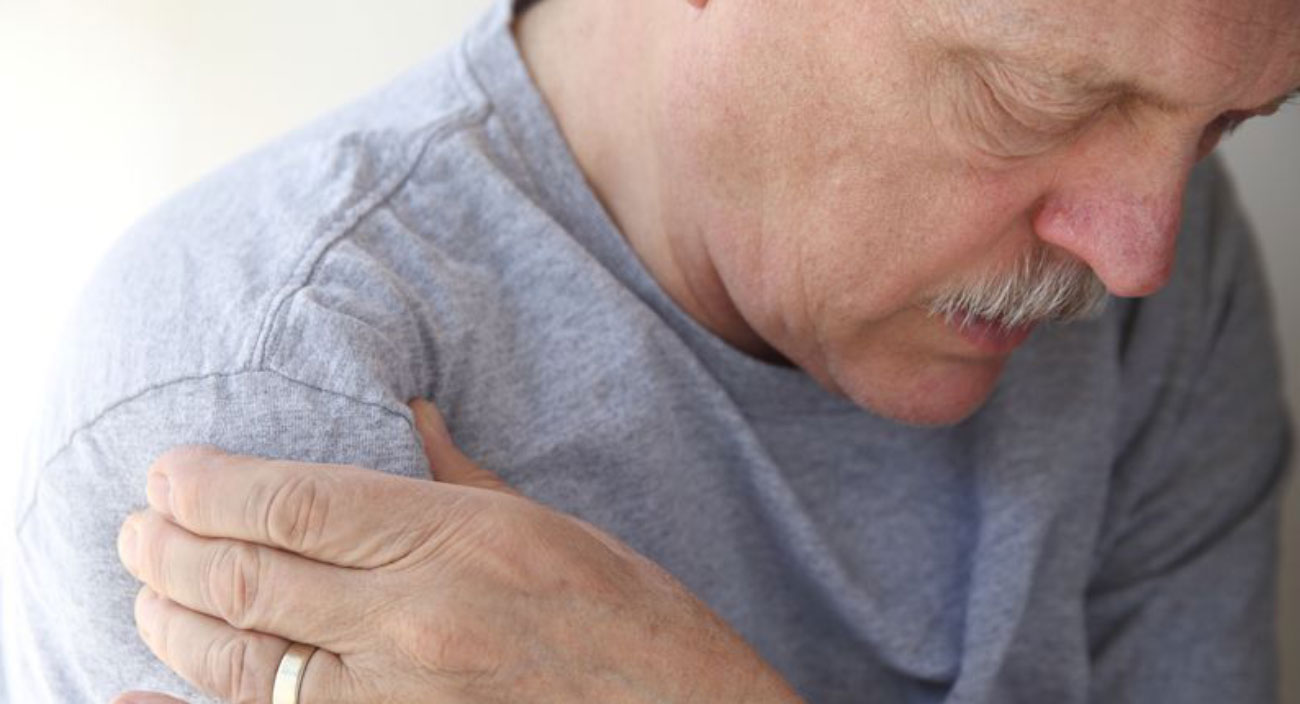Arthroscopic Shoulder Surgery
Shoulder Surgery
Shoulder arthroscopy is a less-invasive surgery performed to diagnose and treat many types of shoulder problems. It is typically done as an outpatient procedure, allowing the patient to return home the same day.
Conditions that may be treated with shoulder arthroscopy include:
- Rotator cuff problems
- Bone spurs / inflammation
- Cartilage tears
- Shoulder instability (“loose shoulder”)
- Upper biceps tendon problems / pain
- Certain arthritic conditions
- Unexplained pain in the shoulder
Shoulder Instability
The shoulder is made up of the humeral head, or “ball” (upper part of the arm bone) and the glenoid (socket). It is essentially a “ball and socket” joint.
Instability is excessive movement of the ball out of the socket. There can be different degrees of instability, ranging from slightly excessive movement to complete dislocatio, where the ball slips completely out of the socket.
What causes shoulder instability?
There are several structures that provide stability for the shoulder. These are the labrum, capsule and rotator cuff muscles.
The labrum is a cartilage “ring” that is attached to the socket side of the shoulder joint. It helps to create a deeper socket so that the ball cannot slip out.
The capsule is the “bag” that surrounds the ball and socket joint. Injury and repetitive use can cause the capsule to stretch, leading to instability.
Finally, the rotator cuff muscles surround the ball and socket joint and help to keep the ball centered within the socket.
What are the treatment options for shoulder instability?
If the shoulder continues to be unstable despite physical therapy, surgery is typically warranted. The type of surgery performed will be aimed at repairing the damaged structures as mentioned above. An MRI scan is often obtained prior to surgery in order to determine which structures have been damaged.
Rotator Cuff Surgery
Rotator cuff surgery is the surgical repair of torn rotator cuff tendons. Rotator cuff repair can help reduce pain and restore range of motion, strength and function in the shoulder with a painful rotator cuff tear.
There are four rotator cuff muscles, which connect to the upper humerus (arm bone) via tough connective tissue called tendon. Your shoulder joint is formed where your upper arm bone (humerus), meets the shoulder socket, which is part of the shoulder blade (scapula).
Rotator cuff tears become more common as we age, but not all rotator cuff tears are symptomatic or require surgery. For symptomatic (painful) tears, non-surgical treatments such as injections and physical therapy are often utilized prior to contemplating surgery.
Rotator cuff surgery can often be performed through less-invasive approaches such as arthroscopy. This involves smaller incisions and can potentially lead to less post-operative pain than traditional open surgery.
Rotator cuff surgery is generally performed as an outpatient surgery, allowing the patient to return home on the same day.
Conditions that may be treated with shoulder arthroscopy include:
- Rotator cuff problems
- Bone spurs / inflammation
- Cartilage tears
- Shoulder instability (“loose shoulder”)
- Upper biceps tendon problems / pain
- Certain arthritic conditions
- Unexplained pain in the shoulder
Types of Rotator Cuff Surgery
Complete tear or full-thickness tear
A complete tear is when your tendon detaches completely from the bone. Your surgeon will reattach your rotator cuff tendon to the bone.
Partial Tear
Partial tears do not go “through and through” the rotator cuff tendon. Your surgeon may only need to trim and smooth your tendon with this type of surgery, depending on the extent of the tear.
Your doctor may perform other procedures to treat certain coexisting conditions. These include:
- Decompression: Shaving away of co-existing “bone spurs” and inflammation tissue (bursitis) that often co-exist with rotator cuff tears.
- Distal Clavicle (End of collar bone) Excision (removal): Shaving away the very end of the collarbone, where it meets with the rest of the shoulder bones. This usually occurs when there is pain or arthritis in this small joint.

